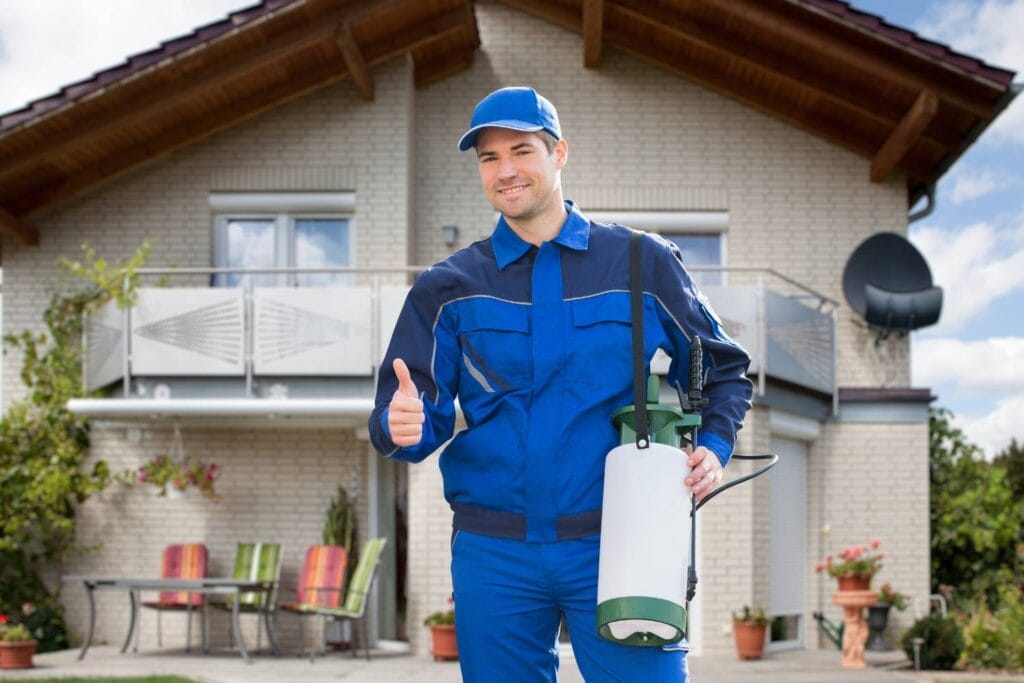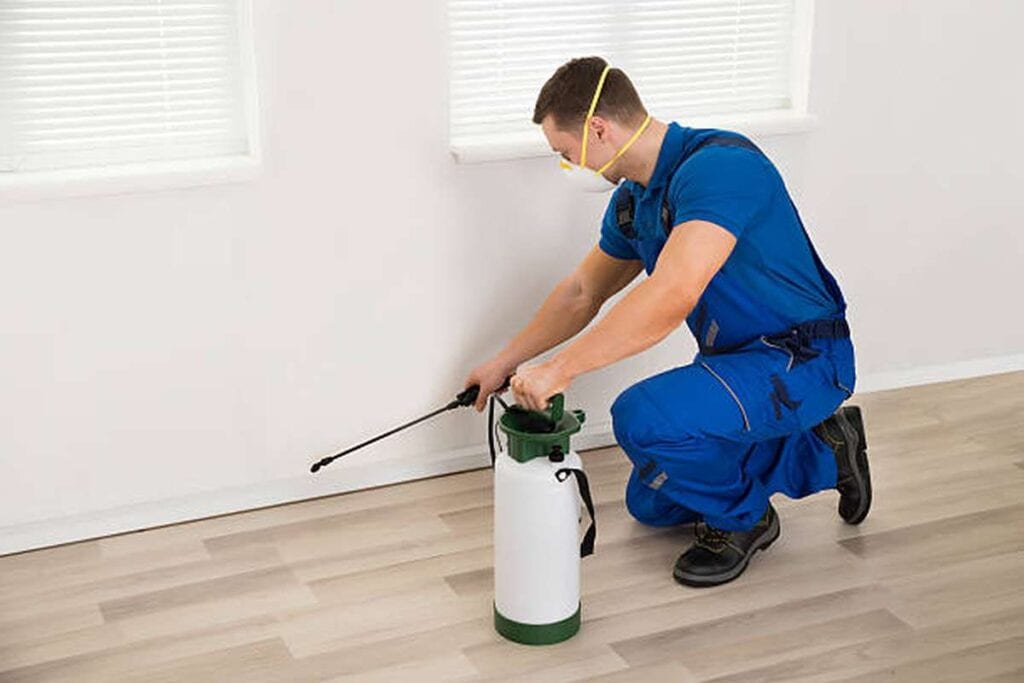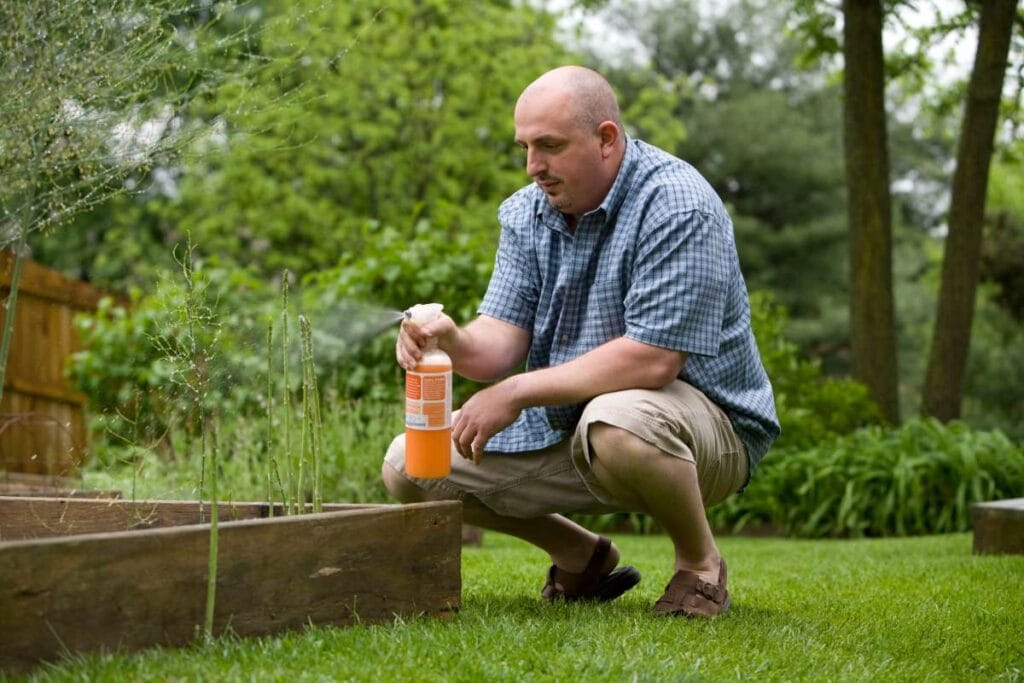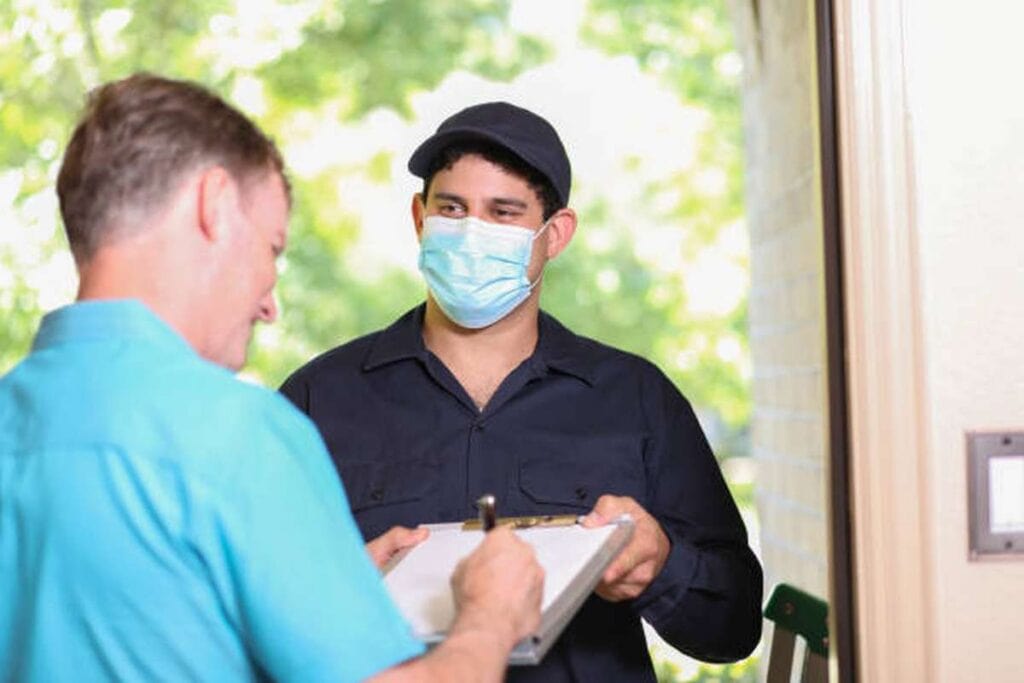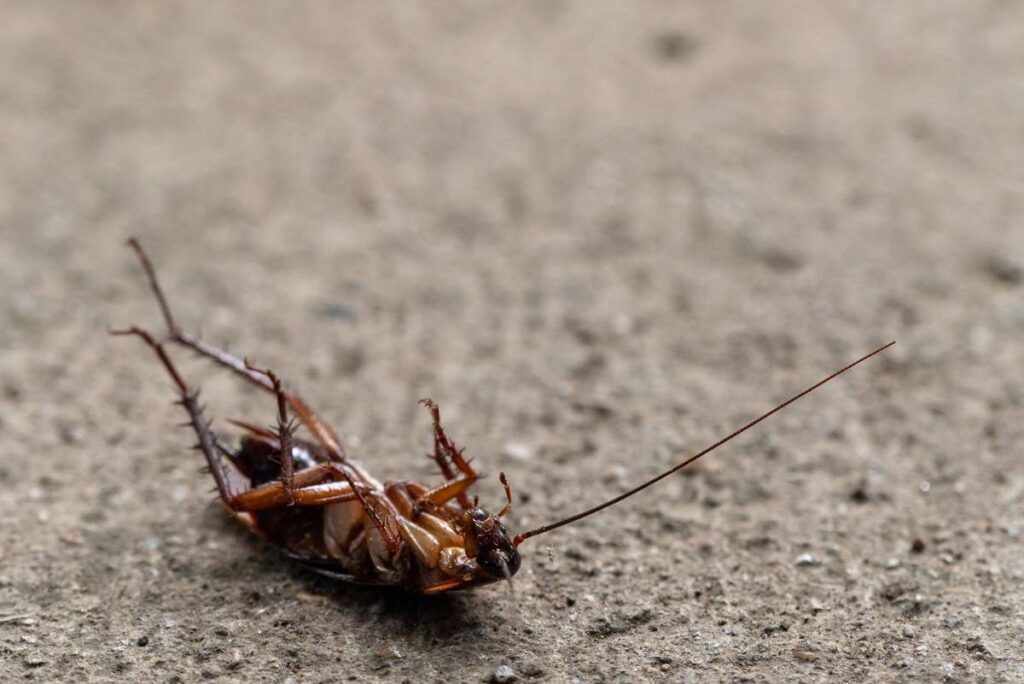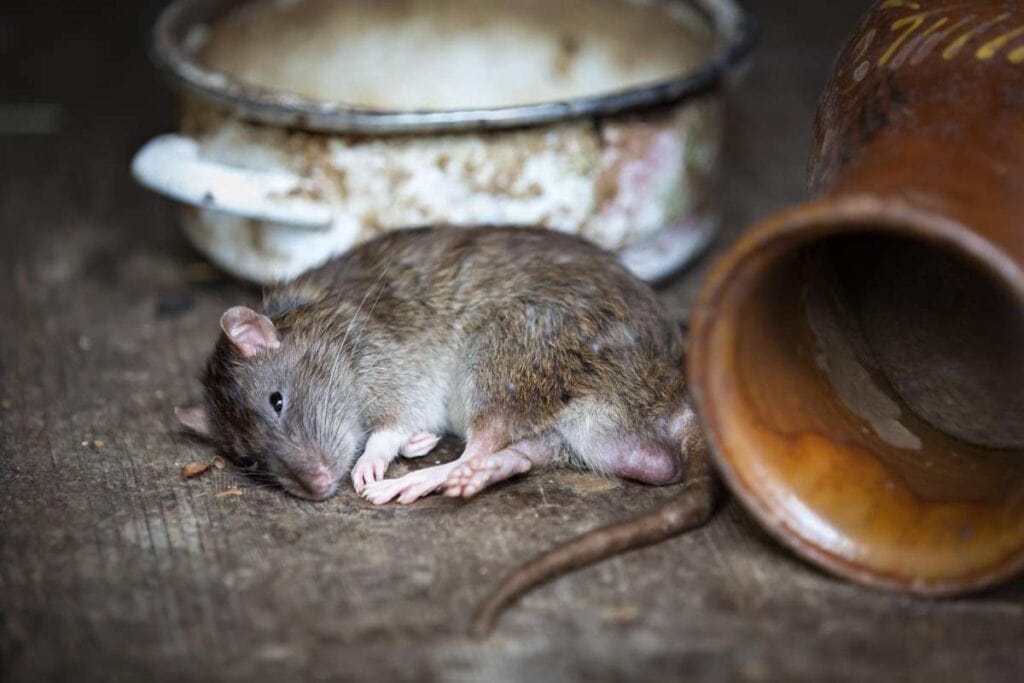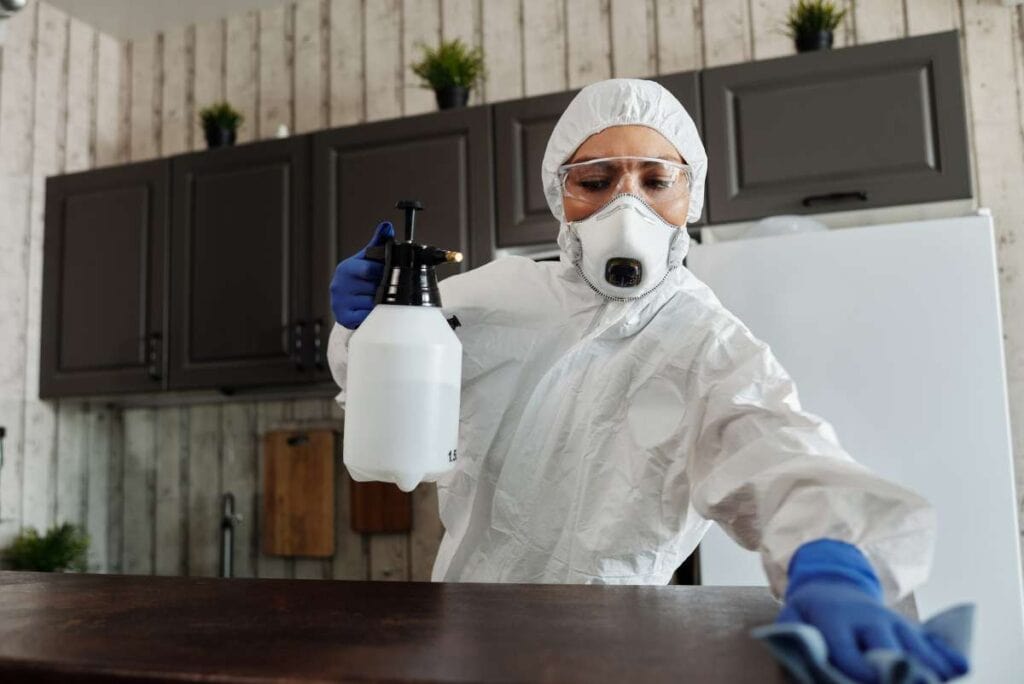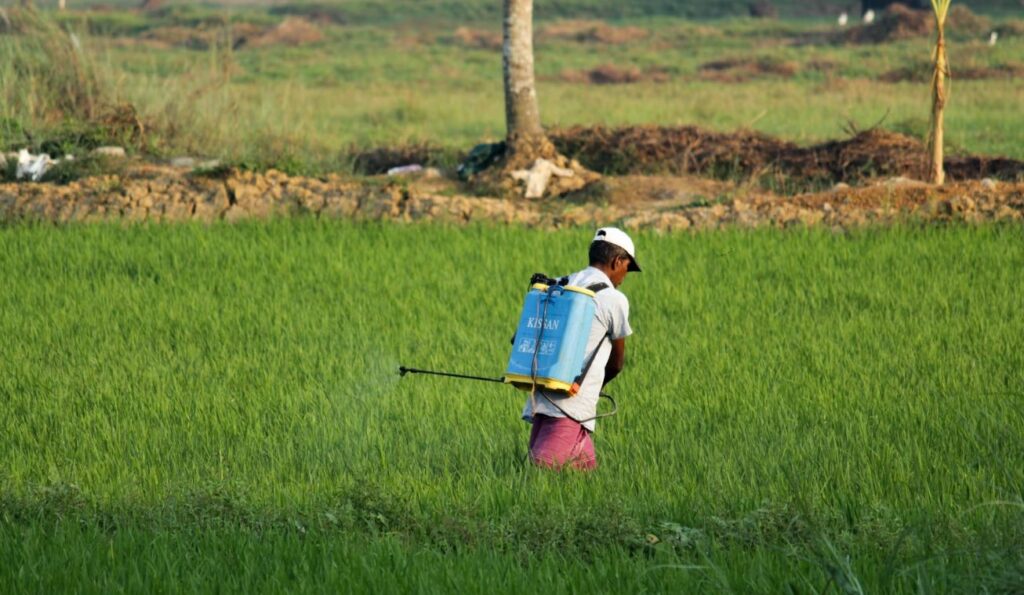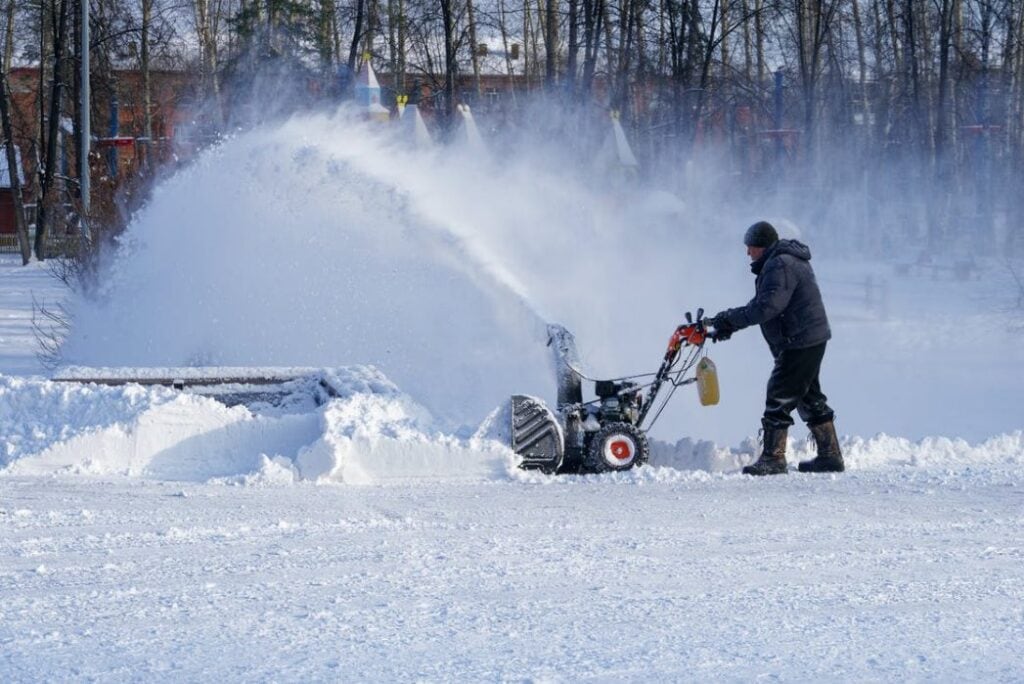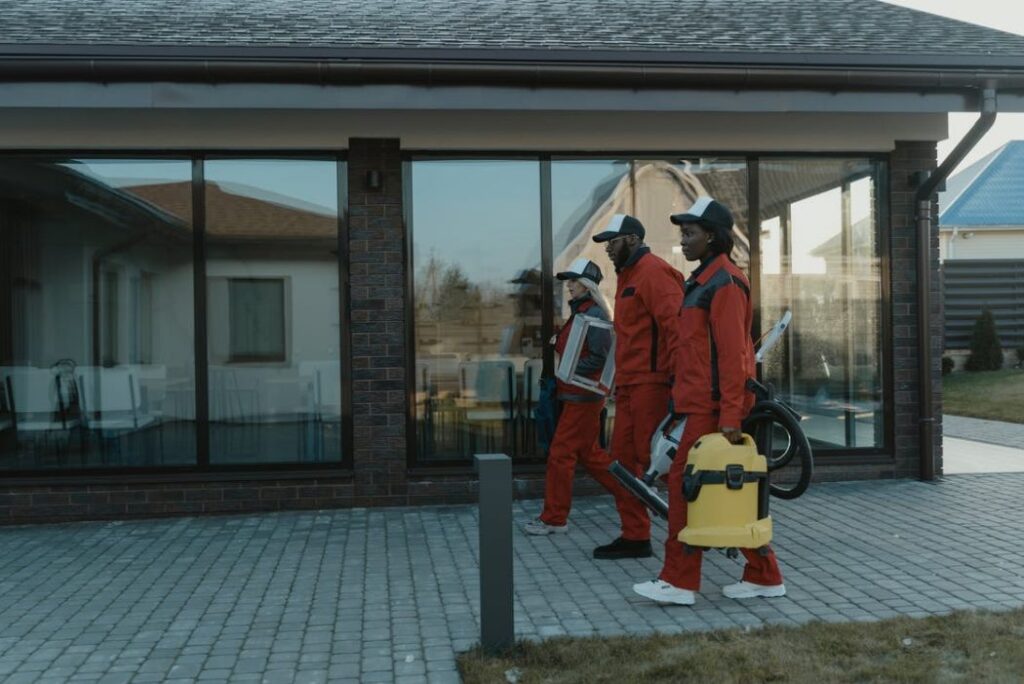Pests pose many challenges, from damaging property to spreading diseases, making their control imperative for residential and commercial settings. Amidst the myriad techniques and solutions, three core methods stand out as the cornerstone of pest control strategies.
This comprehensive guide will navigate these fundamental approaches, highlighting their principles, applications, and effectiveness.
Whether you're battling with stubborn rodents, pesky insects, or invasive wildlife, equipping yourself with knowledge about the three basic ways to control pests is the first step towards reclaiming your space and ensuring a healthier, more harmonious environment.
Biological Pest Control
Biological pest control, an integral part of integrated pest management (IPM), leverages natural enemies to suppress pest populations, making them less damaging. This eco-friendly approach encompasses three main strategies:
- Conservation
- Classical biological control (introduction of natural enemies to new locales)
- Augmentation (enhancing natural enemy populations)
Each strategy is crucial in maintaining ecological balance and reducing reliance on chemical pesticides.
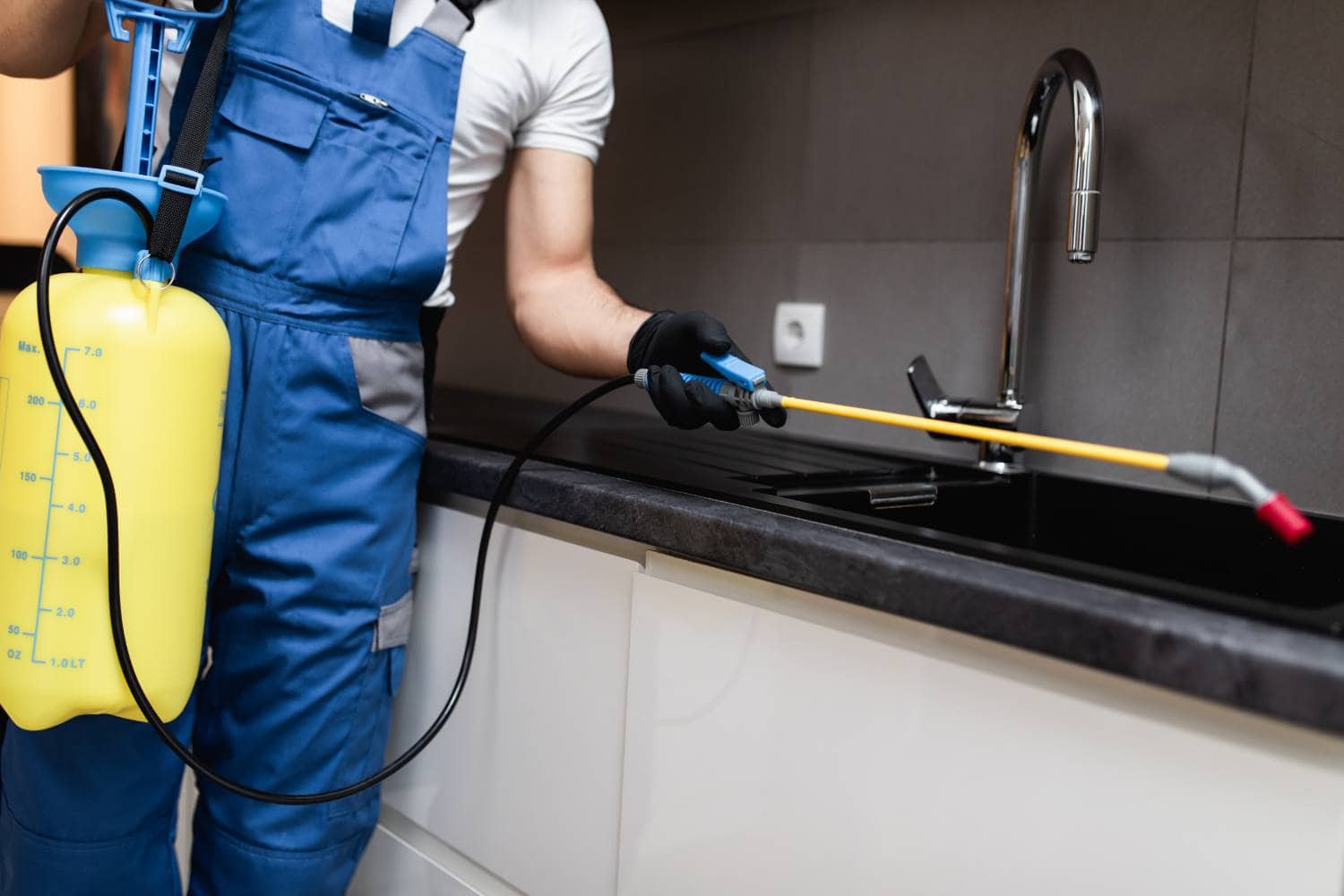
Conservation Of Natural Enemies
Conservation involves modifying practices to support and protect existing natural enemies in the ecosystem. This is the most accessible and cost-effective method, requiring minimal human intervention. Practices include habitat manipulation to provide shelters, alternative food sources, and breeding grounds for natural enemies, thus enhancing their survival and efficiency.
Classical Biological Control
This method involves importing and releasing natural enemies to control exotic pests introduced without their native predators or parasites. It's a long-term solution that, once established, requires minimal additional input. Successful examples include the control of the cottony cushion scale in California's citrus industry with the introduction of the vedalia beetle and a parasitoid fly from Australia.
Augmentation
Augmentation involves the supplemental release of natural enemies through inoculative releases at critical times or inundative releases in large numbers. This approach can be efficient in controlled environments like greenhouses, where natural enemies such as parasitoid wasps or predatory mites are released to manage pest populations.
Biological control agents include predators like lady beetles and lacewings, parasitoids such as wasps, and pathogens including bacteria, fungi, and viruses. These agents target and control pest populations through predation, parasitism, and disease. The selection and application of biological control agents require a deep understanding of the interactions between pests, natural enemies, and the environment to ensure success.
Biological pest control exemplifies a sustainable approach to pest management, emphasising the importance of ecological balance and reducing the environmental impact of traditional chemical controls. By harnessing the power of nature, we can manage pest populations effectively while preserving the health of our ecosystems.
Chemical Pest Control
Chemical pest control has been a cornerstone in managing pest populations across various environments, from agricultural fields to urban settings. This method involves using chemical substances, known as pesticides, to kill or repel pests. Despite its effectiveness, chemical pest control is a subject of ongoing debate due to its environmental impact and potential health risks.
The Evolution Of Chemical Pest Control
The use of chemical substances to control pests dates back thousands of years, with sulphur being one of the earliest known pesticides. However, the landscape of chemical pest control underwent a significant transformation during the 18th and 19th centuries, coinciding with the Industrial Revolution. This period we marked the advent of synthetic pesticides, which offered enhanced effectiveness, scale, and speed in pest extermination.
Today, chemical pest control remains a prevalent method for combating pests despite growing concerns over its sustainability and health implications. The development and widespread use of chemical pesticides has been instrumental in increasing agricultural productivity and managing pests in domestic and commercial properties.
Yet, the reliance on these chemicals has led to unintended consequences, including environmental pollution and the emergence of pesticide-resistant pest populations.
Types Of Chemical Pesticides
Chemical pesticides can be categorised based on their target pests and mode of action. Some of the major types include:
- Fungicides: These are used to control fungi and fungal spores, which can cause significant agricultural losses. The primary active ingredient in many fungicides is sulphur.
- Insecticides: Designed to exterminate insects at various life stages, insecticides play a crucial role in agriculture and disease control. They can be further classified based on their residual effects and repellency.
- Nematicides: These chemical pesticides target nematodes that parasitise plants, particularly crucial for crops like potatoes.
- Rodenticides: Specifically formulated to exterminate rodents, rodenticides are typically lethal and used in bait form.
Advantages And Disadvantages
Using chemical pesticides offers several advantages, including high effectiveness, quick action, precise targeting, and ease of application. These benefits have made chemical pest control an attractive option for managing pests in agriculture, sports facilities maintenance, and other areas.
However, the disadvantages of chemical pest control cannot be overlooked. The development of pesticide resistance, environmental pollution, and health risks to humans and non-target organisms are significant concerns. The resurgence of pest populations due to the elimination of natural predators and the creation of persistent organic pollutants (POPs) are also critical issues associated with chemical pest control.
Moving Forward
As the global community becomes increasingly aware of chemical pesticides' environmental and health implications, there is a growing push towards more sustainable pest management practices.
Integrated Pest Management (IPM) strategies, which combine biological, cultural, and mechanical controls with the judicious use of chemicals, offer a more balanced approach to pest control.
The future of pest management lies in developing safer, more environmentally friendly pesticides and adopting holistic pest management practices that prioritise ecological balance and human health.
Physical Pest Control
Physical pest control represents a fundamental approach to managing pests without chemical interventions. This method encompasses a variety of techniques aimed at directly removing, killing, or creating barriers to prevent pests from causing further damage to crops, homes, and other environments.
The essence of physical pest control lies in its simplicity and directness, offering solutions that are often more sustainable and environmentally friendly than chemical methods.
Critical Strategies In Physical Pest Control
- Barriers and Traps: Using physical barriers, such as row covers made from plastic or polyester, is a common strategy to keep insects away from plants. Similarly, traps, including sticky boards and fly paper, capture pests upon contact. These methods are particularly effective in horticultural settings but can also be adapted for home use.
- Soil Management: Techniques such as tillage disrupt the habitat of pests living in the soil, destroying their eggs or overwintering stages. This method is primarily used against weeds but can also impact some insect populations.
- Temperature Control: Manipulating the temperature by heating or cooling can effectively kill pest larvae in produce. For instance, placing mangoes in a hot water bath eradicates any eggs and larvae, while cold storage hampers the growth of insects.
- Manual Removal: Hand-pulling weeds or destroying nests by hand are traditional physical pest control methods. These are most effective for annual and biennial weeds and small patches of perennial weeds.
- Mowing and Grazing: Regular mowing depletes the root reserves of perennial weeds and prevents seed production in annual and biennial species. Grazing, similarly, can control weed populations by preventing seed production, with the effectiveness depending on the timing and intensity of grazing.
- Fire: Historically, fire has been used to destroy insect breeding grounds by burning the top layer of soil. However, this method has significant drawbacks, including potential harm to beneficial insects and soil health.
- Firearms and Animals: In some contexts, firearms have been used for pest control, particularly for rodents and small mammals. Additionally, dogs, cats, and ferrets have been biological pest control agents, targeting rodents and other pests.
Advantages And Disadvantages
Advantages:
Physical pest control methods do not involve harmful chemicals, making them safer for the environment and non-target organisms.
These methods can be environmentally sustainable and do not contribute to pest resistance.
Physical controls can be applied targeted, reducing the risk of widespread impact.
Disadvantages:
Some physical methods, particularly those involving killing or trapping, may be viewed as inhumane.
Large-scale infestations may be challenging to manage physically due to the labour-intensive nature of these methods.
Physical barriers and controls may not provide a long-term solution to pest problems and may require regular maintenance or reapplication.
Comparison And Evaluation
Managing pests is a critical concern across various ecosystems, from agricultural lands to urban settings. The strategies for pest control are broadly categorised into biological, chemical, and physical methods, each with unique advantages, challenges, and contexts of effectiveness. This comparison evaluates these three fundamental approaches to pest control, drawing insights from diverse sources to provide a comprehensive overview.
Biological Pest Control
Biological pest control involves using living organisms, such as predators, parasitoids, and pathogens, to suppress pest populations. This method is celebrated for its sustainability and minimal environmental impact. For instance, introducing natural enemies to control invasive pests has shown significant success in various settings, including agricultural and natural ecosystems.
However, the effectiveness of biological control can be influenced by environmental conditions, and there's a need for careful selection and management of biological agents to avoid unintended consequences on non-target species.
Chemical Pest Control
Chemical pest control remains a prevalent method due to its immediate effectiveness and broad-spectrum action. Pesticides can offer a quick solution to severe infestations, contributing significantly to the protection of crops and the reduction of disease vectors.
Nonetheless, the reliance on chemical pesticides raises concerns about environmental pollution, human health risks, and the development of resistance among pest populations. The challenge lies in balancing the need for effective pest management with the imperative to minimise negative impacts on health and the environment.
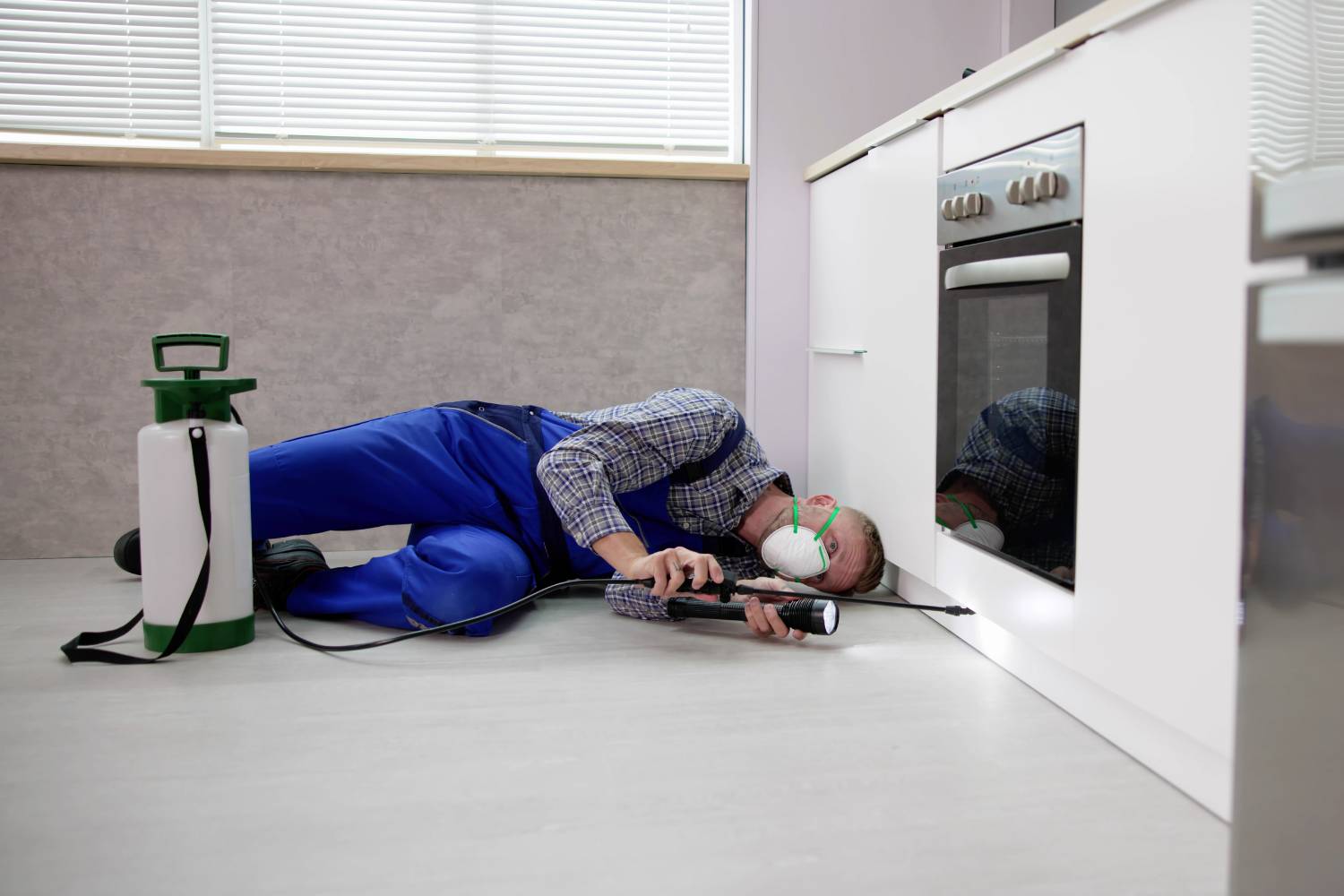
Physical Pest Control
Physical or mechanical pest control methods involve physical actions or barriers to remove, exclude, or kill pests. Techniques such as trapping, heat treatment, and physical barriers like nets and fences are examples of this approach.
Physical methods are particularly appealing due to their non-reliance on chemical inputs, making them environmentally friendly and suitable for organic farming systems. However, physical control methods can be labour-intensive and may not be feasible for large-scale or high-intensity infestations.
Evaluation And Contextual Application
The choice among biological, chemical, and physical pest control methods depends on various factors, including the type of pest, the scale of infestation, environmental considerations, and the specific goals of the pest management program.
Integrated Pest Management (IPM) strategies often combine elements of all three methods to achieve effective, sustainable pest control. IPM emphasises the importance of understanding pest biology and ecology, monitoring pest populations, and choosing control methods that are effective, economical, and have the most negligible impact on non-target organisms and the environment.
Conclusion
Pests pose significant challenges to residential and commercial settings, making control strategies essential for maintaining a healthier environment. Three basic pest control methods are conservation, classical biological control, and augmentation. Conservation involves modifying practices to support and protect existing natural enemies.
In contrast, classical biological control involves importing and releasing natural enemies to control exotic pests without their native predators or parasites. Augmentation involves the supplemental release of natural enemies, particularly in controlled environments like greenhouses.
Biological pest control is a sustainable approach that emphasises ecological balance and reduces the environmental impact of traditional chemical controls. It involves predators, parasitoids, and pathogens, targeting and controlling pest populations through predation, parasitism, and disease.
Chemical pest control, on the other hand, involves the use of chemical substances to kill or repel pests. It has been a cornerstone in managing pest populations across various environments, but its reliance on chemicals has led to environmental pollution and the emergence of pesticide-resistant populations.
Chemical pesticides, such as fungicides, insecticides, nematodes, and rodenticides, can be categorised based on their target pests and mode of action. While they offer advantages such as high effectiveness, quick action, precise targeting, and ease of application, they also have disadvantages such as pesticide resistance, environmental pollution, and health risks.
As the global community becomes more aware of chemical pesticides' environmental and health implications, there is a growing push towards more sustainable pest management practices. Integrated Pest Management (IPM) strategies, which combine biological, cultural, and mechanical controls with the judicious use of chemicals, offer a more balanced approach to pest control.
Physical pest control is a sustainable and environmentally friendly approach to managing pests without relying on chemical interventions. It involves various techniques such as barriers, traps, soil management, temperature control, manual removal, mowing and grazing, fire, and firearms and animals. Advantages include the lack of harmful chemicals, environmental sustainability, and targeted application.
Biological pest control uses living organisms to suppress pest populations, promoting sustainability and minimal environmental impact. Chemical pest control is prevalent due to its immediate effectiveness and broad-spectrum action, but concerns about environmental pollution and human health risks arise. Physical methods, such as trapping, heat treatment, and physical barriers, are environmentally friendly and suitable for organic farming systems.
The choice among biological, chemical, and physical pest control methods depends on factors like the type of pest, infestation scale, environmental considerations, and the specific goals of the pest management program. Integrated Pest Management (IPM) strategies often combine elements of all three methods to achieve effective, sustainable pest control. IPM emphasises understanding pest biology and ecology, monitoring pest populations, and choosing control methods that are effective, economical, and have the most negligible impact on non-target organisms and the environment.
Content Summary
- Pest control is crucial for both residential and commercial settings due to property damage and disease spread.
- Three main methods stand out in pest control strategies: biological, chemical, and physical.
- Biological pest control utilises natural enemies to suppress pest populations.
- It encompasses conservation, classical biological control, and augmentation.
- Conservation involves modifying practices to protect existing natural enemies.
- Classical biological control imports natural enemies to control exotic pests.
- Augmentation supplements natural enemy populations through releases.
- Predators, parasitoids, and pathogens are biological control agents.
- Biological pest control emphasises ecological balance and sustainability.
- Chemical pest control uses pesticides to kill or repel pests.
- Synthetic pesticides revolutionised pest control during the Industrial Revolution.
- Types of chemical pesticides include fungicides, insecticides, and rodenticides.
- Chemical pest control offers quick action but raises environmental and health concerns.
- Integrated Pest Management (IPM) combines biological, chemical, and physical controls.
- Physical pest control doesn't rely on chemicals, offering sustainable solutions.
- Key strategies include barriers, traps, soil management, and temperature control.
- Manual removal and mowing are traditional physical pest control methods.
- Firearms and animals have been used for pest control in specific contexts.
- Physical methods are safer for the environment and non-target organisms.
- They may be viewed as inhumane and labour-intensive for large-scale infestations.
- Biological pest control utilises living organisms to suppress pests sustainably.
- Chemical pest control employs pesticides for immediate effectiveness.
- It raises concerns about environmental pollution and health risks.
- Physical pest control uses barriers and traps to manage pests directly.
- Integrated Pest Management combines all three methods for adequate control.
- Biological control requires careful selection and management of agents.
- Chemical pesticides offer broad-spectrum action against pests.
- They contribute significantly to crop protection and disease reduction.
- Physical methods like trapping and heat treatment are environmentally friendly.
- They may not be feasible for large-scale infestations due to labour requirements.
- Integrated Pest Management considers pest biology, ecology, and environmental impact.
- It aims for effective, sustainable pest control with minimal non-target effects.
- Biological pest control harnesses natural enemies to suppress pest populations.
- Chemical pest control relies on pesticides for quick, broad-spectrum action.
- Physical pest control directly manages pests using barriers and traps.
- Biological control emphasises sustainability and minimal environmental impact.
- Chemical control raises concerns about pollution and health risks.
- Physical control offers environmentally friendly solutions but maybe labour-intensive.
- Integrated Pest Management combines methods for effective, sustainable control.
- Biological pest control utilises natural enemies to suppress pests.
- Chemical pest control employs pesticides for immediate action.
- Physical pest control directly removes or prevents pests using barriers and traps.
- Biological control promotes ecological balance and sustainability.
- Chemical control poses risks to health and the environment.
- Physical control offers environmentally friendly alternatives.
- Integrated Pest Management integrates methods for effective, sustainable pest control.
- Biological pest control employs natural enemies to suppress pests.
- Chemical pest control relies on pesticides for quick eradication.
- Physical pest control directly manages pests without chemicals.
- Integrated Pest Management combines strategies for effective, sustainable pest control.
Frequently Asked Questions
The three basic ways to control pests are biological pest control, chemical pest control, and physical pest control.
Biological pest control involves using natural enemies, such as predators, parasites, and pathogens, to suppress pest populations.
Biological pest control works by introducing or enhancing the populations of natural enemies that prey on or parasitise pests, thus reducing their numbers.
Chemical pest control involves the use of pesticides to kill or repel pests.
Chemical pesticides interfere with pests' biological processes, ultimately leading to their death or repulsion.

